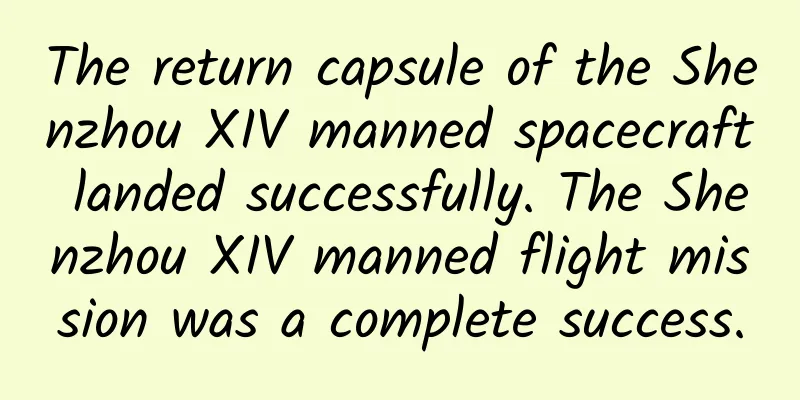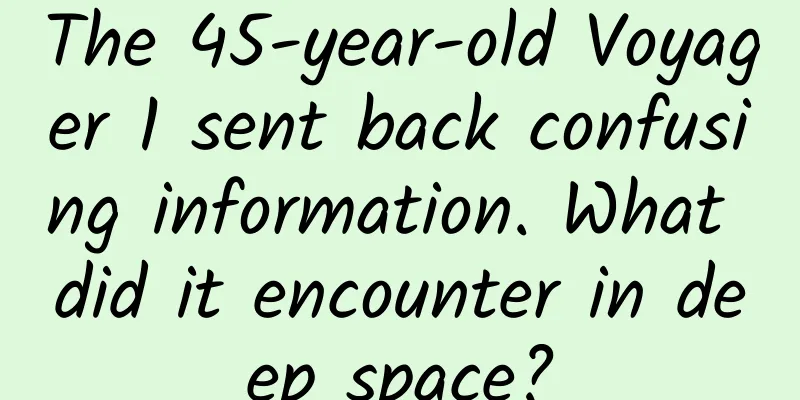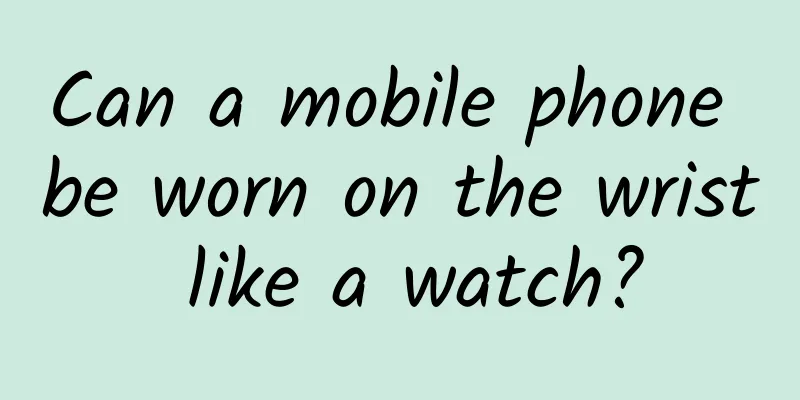Kowloon Walled City is regarded by foreigners as a cyberpunk sanctuary

|
The place I want to talk about today has disappeared for 28 years. It is a dirty, chaotic, poor, decadent, and gloomy alien space; it is a lawless place filled with gangsters, prostitutes, refugees, and thieves; it is a utopia that is highly romanticized due to its anti-authority and anti-establishment characteristics; it is a "miracle of human architecture" that is regarded as a muse by countless filmmakers, game producers, and artists. Before it was demolished, it was despised by mainstream society. But after it disappeared, it became an important symbol of contemporary popular culture. It is Kowloon Walled City. No slum is more legendary than this complex of illegal buildings covering an area of 0.026 square kilometers, which is only the size of three and a half football fields. It didn’t happen in the past, it won’t happen now, and it won’t happen in the future. The starting point of all legends began in 1810. That year, the Qing government set up a fort at Jiulongxun in order to combat pirates and maintain coastal security. In 1842, the Treaty of Nanjing, which was signed as a result of the failure of Yi Ya, made Hong Kong Island, excluding Kowloon and the New Territories, a British colony. In order to monitor the movements of the British army and respond to conflicts that might break out at any time, the Qing government, which retreated to Kowloon Station, began to build barracks and construct city walls in 1847, and named the renovated "Kowloon Station" "Kowloon Walled City". The government office that has been converted into a church hall and poorhouse In the nearly half a century that followed, this military fortress did not experience the test of blood and fire as expected when it was first expanded. Perhaps the most dangerous place is the safest. But the delicate balance was broken in 1894. That year, the defeat in the Sino-Japanese War made the already aging empire even more shaky. Britain took the opportunity to ask the Qing government to lease Kowloon and the New Territories, citing the problems of Hong Kong Island being undefensible and densely populated. After four years of tug-of-war, the two sides signed the "Convention for the Extension of Hong Kong Territory" in 1898. Britain successfully expanded its colonial scope from Hong Kong Island to the south of the Shenzhen River, and Kowloon Walled City, a military fortress, was also included. As a diplomatic compromise, the British allowed the Qing government to retain jurisdiction over Kowloon Walled City, which turned Kowloon Walled City into a Qing enclave nailed into the British colony and also secretly laid the groundwork for its future evil. The arrogant British obviously could not tolerate Qing officials doing things under their noses. In May 1899, the British army, which had been planning for a long time, invaded Kowloon Walled City on the grounds that the Qing court had provoked them first, trying to expel the Qing court forces and seize this enclave. This invasion, which was defined by the British as a secret military operation, eventually became the well-known "Six-Day Battle of the New Territories" due to the fierce resistance of the military and civilians of Kowloon Walled City. Although the British reluctantly withdrew their troops from the occupied Kowloon Walled City in 1900 under Li Hongzhang's diplomatic protest, the Qing government was on the verge of collapse at that time and was willing but unable to restore the administrative management of Kowloon Walled City. Since then, Kowloon Walled City has completely become a lawless place that the Chinese side is unable to manage, the British side has no intention of managing, and the local government has no right to manage. After that, the city wall was used as a boundary, and the outside world, which had undergone modernization, had factories, schools, and even airports. The inside world was desolate, and the former government offices, barracks, and houses were in ruins, replaced by thousands of shacks. After the outbreak of World War II, Japan occupied Hong Kong. In order to expand Kai Tak Airport, the Japanese army used local materials and demolished all the walls of Kowloon Walled City for construction. The black iron era of Kowloon Walled City ended. After the end of World War II, a large number of refugees who were made homeless by the war poured into Kowloon Walled City. The resulting social problems such as sanitation, public security, and illegal construction made the British Hong Kong government furious. Finally, the British, unable to tolerate it any longer, entered Kowloon Walled City again in 1947, attempting to expel the more than 2,000 "illegal residents" there. The new residents, who had nowhere to go, launched a massive riot. Seeing that there was no hope of clearing the area, the British had no choice but to swallow the bitter fruit and withdraw from this sad place before public opinion fermented. Seeing the British return in defeat, the Nationalist government immediately reaffirmed its sacrosanct status of its jurisdiction over Kowloon Walled City. But this was of no use, as the Kuomintang at that time was like the previous ruling team, unable to save itself. Extreme chaos breeds extreme order. In this chaotic place where public power has been lost, the old underworld organization Triads have stood up. They used violence to resolve violence and darkness to suppress darkness, and to some extent prevented the fall of Kowloon Walled City. As more and more illegal immigrants, refugees and gangsters took refuge in Kowloon Walled City, illegal shacks began to rise from the ground and grew wildly, until they grew into a group of 350 high-risk buildings with 10 to 14 floors. If it weren't for the Kai Tak Airport 50 meters away, I'm afraid this group of buildings would be even taller. According to statistics, by the 1970s, more than 33,000 people who were excluded from the social system were living in this ant nest of only 0.026 square kilometers. The population density reached 1,269,231 people per square kilometer, which was more than 280 times higher than the density in Hong Kong during the same period. Although they said they didn't care, human lives were at stake and they couldn't make things too ugly. So the British Hong Kong government still held its nose and tacitly allowed the livelihood organizations to participate in the daily operation of Kowloon Walled City. Take power supply as an example. In the early days, villagers had a serious problem of stealing electricity. However, after a fire caused by a short circuit in 1977, China Power Company began to intervene to repair the city's power grid. While ensuring basic electricity supply to villagers, it silently endured the large-scale theft of electricity that occurred one after another. In terms of communication, the villagers initially relied on public mailboxes in the surrounding area to communicate with the outside world. But later, postmen began to enter the village to send and receive mail. In the area of sanitation, the Municipal Services Agency will send people to carry out regular cleaning and disinfection in order to maintain community hygiene and control rodent and insect pests. However, Kowloon Walled City was a mixed bag with a high population density. Even with occasional help from triad groups and neighborhood welfare associations, it could not change its dirty and messy situation. The supply of tap water was the only livelihood issue for which the British Hong Kong government did not provide any assistance and which was entirely resolved by the villagers themselves. They solved the problem of daily water use by pumping groundwater to the rooftop reservoir, and named this method of water extraction "scientific well". However, this water can only be used. If they want to get drinkable water, the villagers have to rely on the all-powerful Sanhehui. The conditions are indeed a bit poor, but life has to go on, no matter if it is the villagers or the gangsters. The self-reliant residents opened food processing factories, the most famous of which was a flour mill that could produce 1,000 flatbreads a day in its heyday. According to statistics from the Kowloon Walled City Neighborhood Welfare Association in 1983, there were hundreds of factories of various types in the entire Kowloon Walled City at that time. Due to the low rent and cheap prices, and the fact that there was no need to pay various taxes, most people who moved to Kowloon Walled City adapted to the anarchist life after experiencing the initial pain. A resident of the walled city once said: "To be honest, I don't think Kowloon Walled City is that bad. It provides houses for the poor and a home for those who have no hope. Some people don't have ID cards, some people don't have money, but Kowloon Walled City takes them in. They need someone to save them." In order to survive, the society and the powerful agencies also played a tacit game. From time to time, gangs would leave stolen goods and minions in gambling houses and brothels. After receiving the big gift, the black police would not keep the suspect for too long after returning to the police station to complete the record. The confiscated evidence would generally disappear with the released suspect, and finally reappear in some corner of the walled city. In fact, although the entire Kowloon Walled City was controlled by the society and its members accounted for half of all the residents at its peak, most of the evil legends about the walled city were rumors. In most cases, the village communities do not interfere with each other. The former's main living area is in the west, while the latter's main activity area is in the east, and they are clearly separated from each other. It’s not that the society has any conscience, but the illegal industries such as drugs, pornography, and usury that they rely on for survival do not require violent means to easily make money. In 1984, China and Britain were negotiating in Beijing on the handover of Hong Kong's sovereignty, and the Kowloon Walled City was discussed as an important topic. In the subsequent Sino-British Joint Declaration, the demolition plan to raze Kowloon Walled City to the ground was made public. Night falls over Kowloon Walled City, and sadness permeates the faces of the residents. Protest! Protest! Protest again! But the wheel of history rolled over all the shouts and objections. On November 28, 1991, the first demolition project began in Kowloon Walled City. During the last demolition operation, the British Hong Kong government dispatched 5,000 police officers. It took a year and tens of thousands of people were detained before this difficult project was finally completed in April 1994. There was an old woman who was trafficked into the Walled City at the age of six and forced into prostitution. She had never left the city since then and had stayed there for 60 years. Faced with the demolition and the upcoming unfamiliar outside world, she eventually chose to commit suicide, just like 1900, and stayed in the Walled City forever. After the demolition, most of the villagers moved to the newly built public housing estate in nearby Wong Tai Sin. The rest either bought a home ownership scheme in Hong Kong (38%) or managed the scheme on their own (11%). More than 30,000 villagers who had been excluded from the historical process were thus accepted back into Hong Kong society. Today, an ordinary park stands on the site of the former Kowloon Walled City. As bizarre as Kowloon Walled City was, it is now as dull and ordinary as it once was. It is hard to tell whether it was a deliberate effort by the authorities to rectify the chaos or an unintentional irony by the builders. Fortunately, Kowloon Walled City has been integrated into countless ACGN works, and is permanently connected with us, the younger generations who have not witnessed its growth. The pictures in this article are from the Internet. Please delete if you infringe. References 1. A lawless enclave, a sin city, a cyberpunk mecca: Babel-level slums IDEAT idealists 2. Eight Kowloon Walled City Residents on the Eve of Demolition 3. I went to the slums of Hong Kong and it was amazing. Visual Magazine 4. 27 years ago today, Kowloon Walled City was demolished Author/landlord Operation/New Draft - End - Source: UFO Talk |
<<: The principle and solution of foam formation
>>: Is the urine of diabetics “sweet as honey”?
Recommend
Tik Tok, are they really the next operational frontier?
Since April, I have repeatedly heard that the ope...
【Yaoyao short video】Natural flow short video tutorial
【Yaoyao Short Video】Introduction to the natural fl...
NetEase Wugu Reading Product Analysis Report
In today's information-shock world, reading h...
The ultimate secret to brand success: perseverance!
In the past few days, there are several names tha...
A guide to avoiding pitfalls for new consumer brands in 2022
The "excitement" of new consumption has...
The confusion of Qudian: Is it inclusive finance, or usury that walks on the edge of morality?
On October 20, Qudian Group (QD.NYSE), which had ...
Who will win in the end? A detailed experience report of the three major VR head-mounted devices
VR headsets are gaining more and more attention. ...
The weirdest, most disruptive, and coolest science/tech stories of 2015
[51CTO.com Quick Translation] With new achievemen...
Why is it that Changhong, which invests 2 billion yuan in R&D and 6 billion yuan in marketing expenses each year, always has no news about its products?
On the 25th, Sichuan Changhong, the former A-shar...
Analysis of Xiaohongshu’s operations: How do e-commerce companies build content communities?
The content community of Xiaohongshu has been ver...
I analyzed 100 cases and summarized 3 ways to create creative Dragon Boat Festival activities
When I opened my eyes on the morning of May 2, I ...
China Auto Rental has gained more young users, with revenue reaching 3.1 billion yuan in the first half of the year
On August 14, China Auto Rental released its 2018...
Xue Xun: The Strategic Pivot for Great Brands
Xue Xun's "Strategic Pivot for Great Bra...
Hyundai Motor’s sales plummeted, and it intends to sell its Beijing factory. Xiaomi and Ideal may take over the car manufacturing business
Hyundai Motor, which has had poor performance in ...









